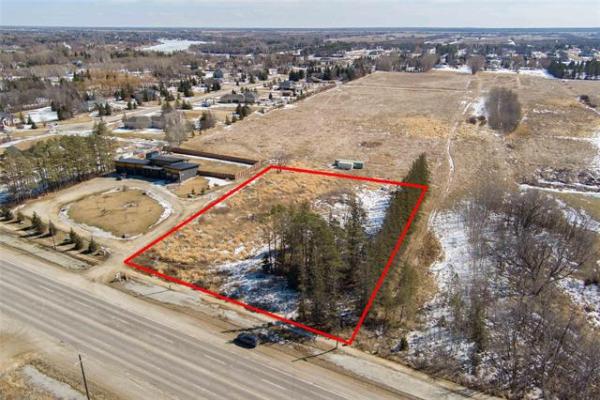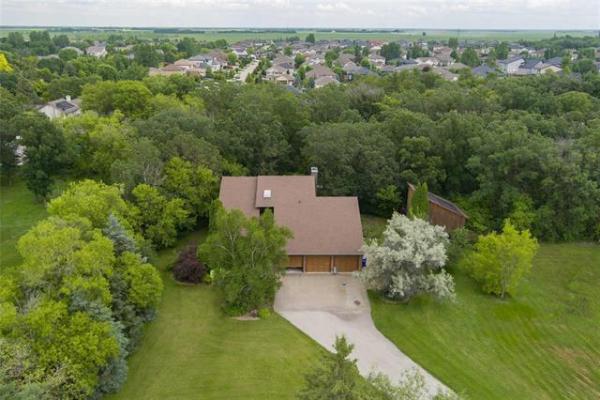QUESTION: There are 240-volt toasters on the market that run at 12 amps. Modern kitchen wiring has split plugs with 14-gauge wiring and two 15-amp circuits with ganged breakers, which means there would really be available a single plug for 240 volts and 15 amps to run this toaster. Does this respect code in Manitoba? Rolland Gaudet
ANSWER: There are several flaws in your logic for using a 240-volt appliance in a typical Manitoba kitchen. While you may be correct about the split outlets in some kitchen counter outlets, these cannot support a 240-volt appliance without major modifications.
I'm assuming you have been looking at toasters manufactured for use in Europe or other international locations. Despite the possible higher quality of these kitchen appliances, there is little other benefit in attempting to modify your current electrical system. It's true you may realize a small energy savings in using a higher-voltage appliance, but the costs to modify your current outlets and breakers will easily outweigh any monetary gains.
If you're set on acquiring one of these appliances, it would make more sense to buy a low-cost adapter (familiar to those that have travelled abroad). This simple device would not only convert the voltage of your current receptacle, but allow you to connect the different plug common to foreign appliances.
Your question about code compliance is irrelevant unless you hire an electrician to convert your current outlet for the higher-voltage toaster. Also, you may have misinterpreted previous codes in regards to the wiring of the outlets in your kitchen, depending on the age of the work. Truly modern kitchen outlets -- those in homes built in the last five years or so -- do not have split counter outlets. They will have GFCI outlets at the kitchen counters, which will be powered by 20-amp circuits rather than the conventional 15-amp. These normally have only wiring at each box for one circuit and will not be adaptable for a higher-voltage receptacle.
If you have a home built or renovated in the 1980s or '90s, you may indeed have split outlets at the kitchen counters, but there may still be a problem with retrofitting these for a foreign appliance. Even if the outlets are split, meaning the bottom and top of the duplex receptacles are on different circuits, these may also be connected to other receptacles in the kitchen. It was acceptable to have more than half of one receptacle on the same circuit as another kitchen outlet, as long as they were not adjacent. This means you would have to disconnect these other receptacles if you were to use the existing wiring for your higher-voltage receptacle.
Alternatively, you could disconnect both circuits from a single counter outlet in your kitchen, run a new three-wire and install the proper receptacle, but there may not be enough room in the existing box for all these wires and connections.
The other issue to address is your reason for wanting to use a simple kitchen appliance like a toaster that does not use typical North American voltage. If your desire is to save energy, I applaud your environmental sensitivity, but for the reason stated above it is misguided. If you want the higher-voltage appliance to burn your morning bagel faster, that may also be flawed thinking. It would make more sense to search out a higher-quality 110/120-volt unit that would allow you to use it in your existing kitchen.
If you firmly believe the other appliance is truly better, I can't find fault in your logic, but there still may be better alternatives designed for North American kitchens.
Messing with electrical wiring and fixtures by home handymen/women with limited knowledge is something I would strongly advise against. Some of the most potentially serious safety issues I see in homes are attributable to "weekend warriors." Improper wiring, over-fusing and other serious issues are a common site in electrical panels during my daily inspections. This may also be combined with improper securing of wires, outlets or light fixtures, and the most common of mistakes -- reversed polarity at receptacles. Any of these defects is dangerous as they may be life-threatening if the result is an electrical fire or electrocution.
Finding a licenced electrician who is willing to remove a properly wired and installed kitchen-counter outlet and replace it with a high-voltage one designed for a foreign system may prove to be difficult. If you're able to locate a higher-voltage toaster that has a plug designed for a typical CSA-approved receptacle, similar to those for dryers and ranges, then it may be practical. This will still require the outlet to have a proper amperage rating for the size of wiring required for the appliance. You will also need additional circuit-breakers in the panel and that means fishing wires through walls and floor joists or ceilings for the new receptacle.
To summarize, it may not be practical or possible to adapt your current kitchen wiring to accommodate your desired new toaster. Unless you can provide an undisputable reason for needing this high-voltage appliance in your kitchen, I would abandon your plan and look for a better-quality unit that you can easily plug into your current kitchen outlets.
Ari Marantz is the owner of Trained Eye Home Inspection Ltd. and president of the Canadian Association of Home & Property Inspectors - Manitoba (www.cahpi.mb.ca). Questions can be emailed to the address below. Ari can be reached at (204) 291-5358 or check out his website at www.trainedeye.ca
trainedeye@iname.com



